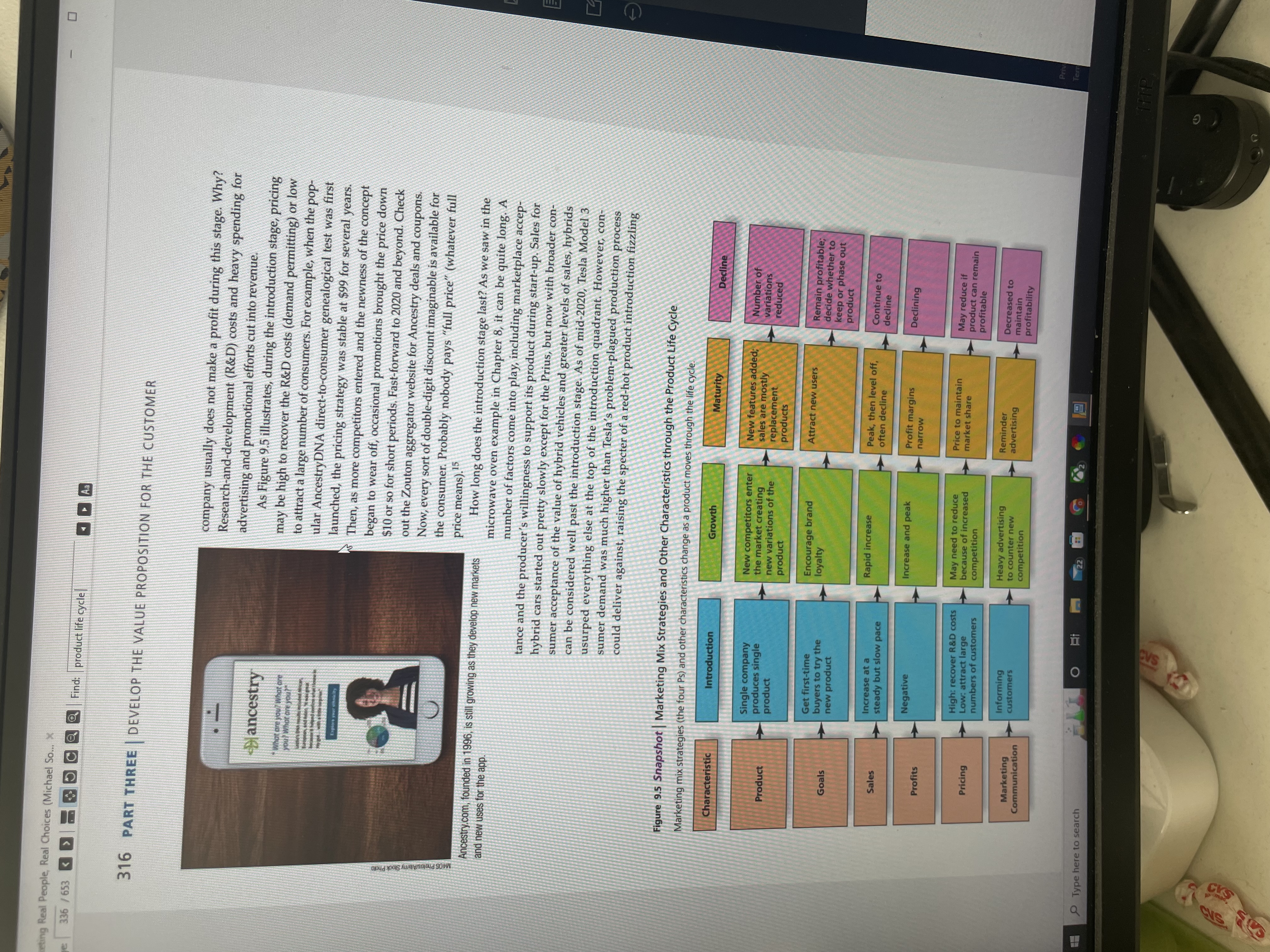Answered step by step
Verified Expert Solution
Question
1 Approved Answer
In this module, the product life cycle was defined as a concept that explains how products go through four distinct stages from birth to death
In this module, the product life cycle was defined as a concept that explains how products go through four distinct stages from birth to death including: introduction, growth, maturity, and decline. Each stage is actually based on the market's response to the product. This dynamic causes firms to adjust their marketing strategies so that they are in alignment with the current stage. For this discussion, review the Product Life Cycle Strategies on pg. 304 in your text and then respond to each of the following prompts:
- Identify one product for each stage in the product life cycle (i.e. four different products) and explain how each product fits in its particular stage.
- 1. For the products in the introduction stage(Self-driving cars), tell us what strategies you would use to launch this new product.
- 2. For the product you identified in the growth stage(fully electric cars) indicate what strategy would be necessary to maintain brand loyalty as competitors now are entering the market.
- 3. For the product in the maturity stage(apple), identify a strategy to remain competitive in the market as this product matures.
- 4. For the product in the decline stage(DVD player), what would be your recommendation for the future? Should the product be dropped immediately? Could there be an alternative use for the product?

Step by Step Solution
There are 3 Steps involved in it
Step: 1

Get Instant Access to Expert-Tailored Solutions
See step-by-step solutions with expert insights and AI powered tools for academic success
Step: 2

Step: 3

Ace Your Homework with AI
Get the answers you need in no time with our AI-driven, step-by-step assistance
Get Started


